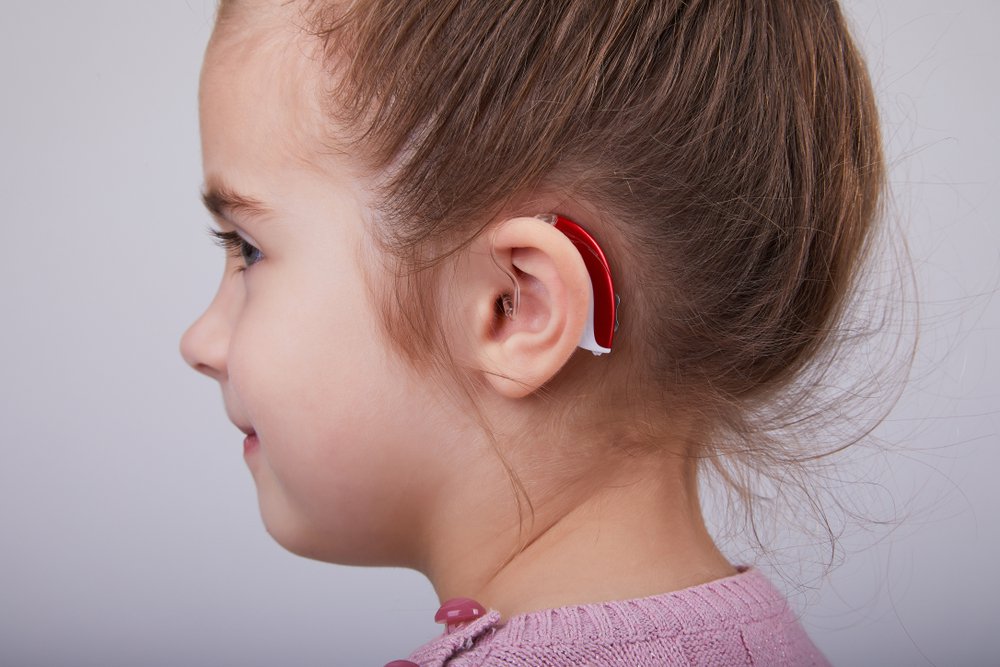 Hearing aids have become an increasingly important tool of life for many people. Whether you have acquired a hearing loss from age, illness or injury, hearing aids can provide a way to stay connected to the world around you and make conversations and activities easier. But how do these devices actually work and how can they help your healing loss?
Hearing aids have become an increasingly important tool of life for many people. Whether you have acquired a hearing loss from age, illness or injury, hearing aids can provide a way to stay connected to the world around you and make conversations and activities easier. But how do these devices actually work and how can they help your healing loss?
Here is the science behind hearing aids and the ways these devices can help those with hearing impairments.
What Are Hearing Aids?
Hearing aids are an invaluable tool for those with hearing impairments, enabling them to more fully participate in life’s conversations and activities. This small device is inserted TE (behind-the-ear) into the ear or alternatively, placed ITE (in-the-ear). In either case, it amplifies sound waves, turning what might have been a whisper or indistinct chatter into clear and distinct sounds that can be heard by the user.
This allows people with hearing issues to reconnect with their loved ones and enjoy movies, music, lectures or any other activity that relies on sound. Hearing aids come in many different shapes, sizes and varieties depending on the user's needs.
How Do Hearing Aids Work?
Hearing aids work by amplifying sound waves, which allows users to better detect and interpret sound. This is achieved in a variety of ways, but the most common are through transducers that convert sound waves into electrical signals and loudspeakers that act as amplifiers and project the amplified sound. Most hearing aids also contain sophisticated digital signal processing (DSP) systems that analyze incoming sounds, such as music or speech, to make them more easily understood.
The DSP system can identify background noise and normalize this noise so it’s not too loud for the user. Additionally, many devices have wireless technologies built into them, allowing for direct streaming of audio from phones or tablets to the hearing aid for improved audio quality and clarity. Hearing aids are also able to adjust to different listening environments automatically with features such as feedback cancellation and noise reduction added in recent years to further improve sound quality.
With all these features working together, hearing aids provide an invaluable service to millions of people around the world by helping them stay connected with their loved ones and making conversations and activities easier, no matter what environment they’re in.
Adjusting To Hearing Aids
Adjusting to hearing aids can be a challenging process, but it is possible with the right support. For many people, it takes time to get used to the different sounds they now hear and getting accustomed to inserting and maintaining their hearing devices. It is important to follow the advice of your audiologist or healthcare provider when beginning this journey, as well as connecting with others who have gone through similar experiences. It can also help to stay positive throughout the process, as adjusting to hearing aids often results in improved communication and quality of life over time.
What Are The Different Types of Hearing Aids?
Hearing aids come in a variety of shapes, sizes and varieties to suit each individual's needs. Behind the ear (BTE) models are larger devices that fit completely behind the ear and have a tube inserted into the ear canal. These have the most powerful amplifying capabilities, but can be more noticeable than other models.
In-the-ear (ITE) hearing aids are smaller and fit inside the bowl of the ear, making them much less visible than BTE models. Completely-in-the-canal (CIC) hearing aids are even less visible than ITE models as they are custom made to fit snugly inside your ear canal. Finally, Invisible-in-the-canal (IIC) hearing aids are nearly invisible and only those who know where to look for them will actually be able to see them. All these types of hearing aids provide improved sound quality and amplified volume so users can make the most out of their surroundings.
How To Choose The Right Hearing Aid
Choosing the right hearing aid is important in order to maximize your hearing potential. When selecting a device, it is important to talk to your audiologist or hearing health care professional who can help you make an informed decision about which type of technology best suits your lifestyle and severity of hearing loss. Additionally, consider factors such as size, comfort level, battery life and cost before making a purchase.
There are several different types of technology available for hearing aids; research each one carefully so that you can make sure the device offers features that will best meet your particular needs and preferences. It takes time to adjust to wearing a hearing aid; if possible, bring family members and friends along during the selection process so they can experience what it's like firsthand. Lastly, don’t forget to check if your insurance covers any of the expenses related to purchasing hearing aids.
Utilizing a hearing aid can be life-changing and is often necessary for those experiencing hearing loss. Hearing aids allow you to communicate more easily with family and friends, as well as make your overall daily life much easier. Furthermore, the right device can bring clarity to the world of sound around you and greatly improve your quality of life.
If you or someone you know is interested in hearing aids or a consolation regarding hearing aids, contact our certified team of audiologists at Francis Audiology or schedule an appointment directly online today.
